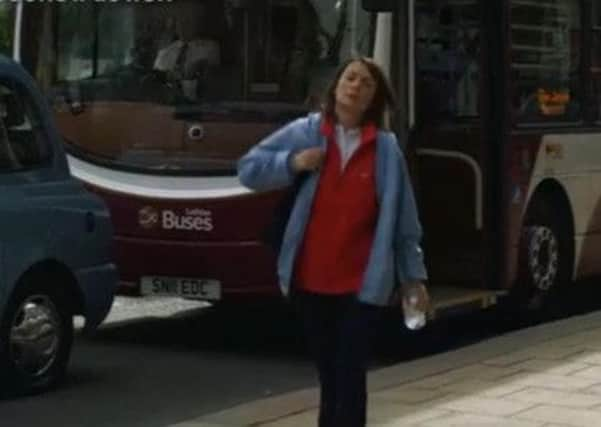Suzanne Pilley: New info after reconstruction


Last night’s broadcast prompted calls after featuring a reconstruction of killer David Gilroy driving Ms Pilley’s body to Argyll, where it is believed he disposed of her remains.
Speaking on the BBC One programme, Ms Pilley’s parents, Rob and Sylvia, pleaded for information to help find their daughter’s body.
Advertisement
Hide AdAdvertisement
Hide AdMr Pilley said: “The door is just ajar. It’s not fully closed yet and that’s what I would really like – to put closure on it for myself and the rest of my family.”
Gilroy was sentenced to life in prison after being guilty of murdering Ms Pilley and disposing of her body after she disappeared on May 4, 2010.
Ms Pilley, 38, from Stenhouse, was last caught on CCTV camera heading for the office of Infrastructure Managers in the city centre’s Thistle Street, where she and Gilroy both worked.
Police believe she was then murdered and her body taken to Argyll where it was dumped.
Hundreds of police and volunteers have carried out fruitless searches across hundreds of square miles of remote mountains around Rest and Be Thankful and Hell’s Glen in Argyll after Gilroy’s car was traced to the area.
Mountain rescue teams (MRTs) and officers with sniffer dogs have been involved in the hunt.
The MRT’s scoured the terrain for signs of soil disturbance in case Ms Pilley’s body had been buried, although the exact method of disposal for her remains has never been determined.
Gilroy bought charcoal for a barbecue at a petrol station in Craigleith Road at around 4pm on May 4, just hours after he had killed Ms Pilley and with her body in the boot of his car.
Advertisement
Hide AdAdvertisement
Hide AdPolice were not able to recover the charcoal, which Gilroy claimed had been used at a family barbecue.
Detective Superintendent Gary Flannigan, who led the murder inquiry, said during last night’s show that the case would never properly be closed until Ms Pilley’s remains were recovered.
Officers have spoken of the hope that the body – believed to be concealed in the dense forest of Argyll – could be found with the help of rapidly advancing forensic technology.
In February, Gilroy, 50, was turned down by the Supreme Court in London in his application for a case review. His lawyers lodged a fresh appeal against his conviction directly to the UK Supreme Court last summer. Earlier in the year, an application to the Scottish courts to take his appeal to the Supreme Court was denied.
In December 2012, an earlier appeal by Gilroy was heard and rejected by judges in Edinburgh.
SEE ALSO